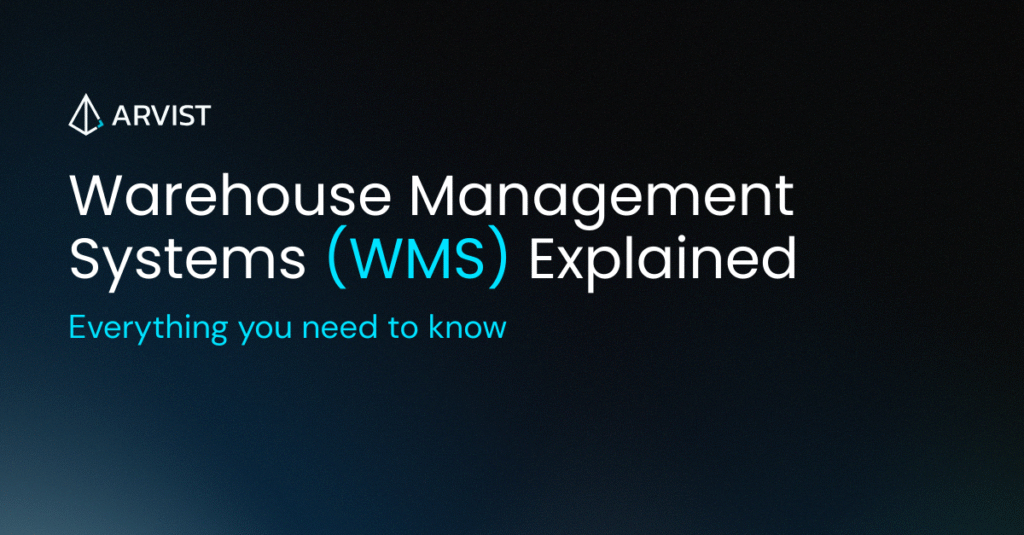Compliance with occupational health and safety rules is the ultimate test of how seriously a company treats the health and safety of its employees.
OHS, or Occupational Health and Safety, is a practice to ensure all aspects of health and safety in the workplace, with a strong focus on preventing workplace hazards.
Those standards are a basic human right and every worker, regardless of job profession or location, should be provided with those. With occupational health and safety standards in place, workers can perform their daily tasks and responsibilities in a safe and secure working environment, free from hazards.
Prioritizing Occupational Health And Safety In Your Facility And The Business Has Many Benefits, Including:
- Less accidents and injuries
- Improved efficiency and productivity of employees
- Improved employees’ mental health and morale
- Improved company’s reputation
- Reduced risk and better working conditions
- Reduced costs associated with accidents and injuries
- Lower insurance fess and claims
- Lower workers compensation costs

Probably you have heard the saying “prevention is better than cure”, and that is true also in occupational health and safety. The idea is to prevent those incidents, injuries and future accidents by identifying and eliminating potential hazards from your work environment. Other important aspects are training to build safety culture, and safety equipment to help employees work safely and be compliant with occupational health and safety standards.
One of the most well-known regulatory agencies is OSHA, The Occupational Safety and Health Administration. Its mission is to “ensure safe and healthful working conditions for workers by setting and enforcing standards and by providing training, outreach, education and assistance”. (osha.gov, 1970)
It means that OSHA keeps an eye on occupational health and safety in workplace and any failures to comply with effective policies and procedures, or absence of skills workforce, which can lead to incidents, injuries, accidents or even death, can result in penalties, fines, compensation claims and fees from Occupational Safety and Health Administration (OSHA).
Research has shown that keeping high occupational safety and health standards in the workplace benefits the business. However, for some companies it might be hard to keep track of constant changes in regulations or new rules. That is why it is so important to have open dialog to improve safety culture in the workplace. Whether a new team member joins, new training is released or there is a safety incident, employers must keep an eye on occupational safety and health constantly.
The Occupational Safety and Health Administration (OSHA) recommends including seven main elements for an effective safety and health program. These elements include management leadership, worker participation, hazard identification and assessment, hazard prevention and control, education and training, program evaluation and improvement, and communication and coordination for host employers, contractors, and staffing agencies.
Some examples of management leadership include supervisor safety observations, daily toolbox talks, and conducting pre-job briefs. Worker participation examples include safety committee engagement, reporting near misses and incidents, and participating in creating and improving risk assessments. Examples of hazard identification, assessment, prevention, and control include performing risk assessments and issuing permits for tasks like Hot Work or Live Electrical Work. Education and training include new hire orientation, general safety training such as Hazard Communication, and on-the-job training specific to the task to be performed. On at least an annual basis, the safety program should be evaluated to ensure it is effective in preventing accidents, injuries, and illnesses.
Employees (or say humans) are the weakest link in a safety program. Even if you designed a fail-proof EHS plan, accidents or injuries could still occur due to negligence. That is why staying compliant with Occupational Safety and Health requires more than just investing in training and safety tools even though they are essential for a safe workplace. Employers who want to keep a streak of OSHA compliance and avoid hefty fines should invest in proactive safety technology.





